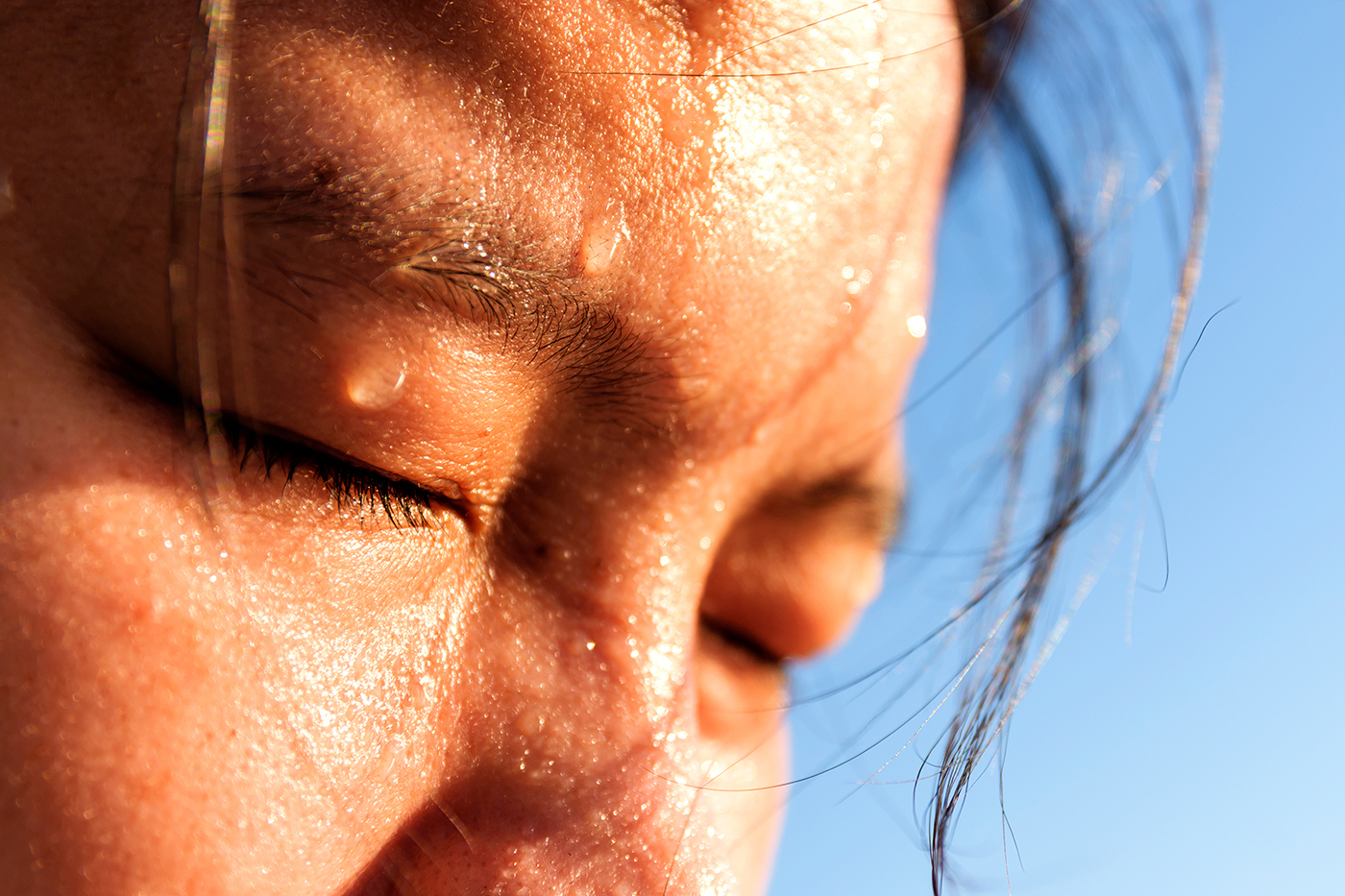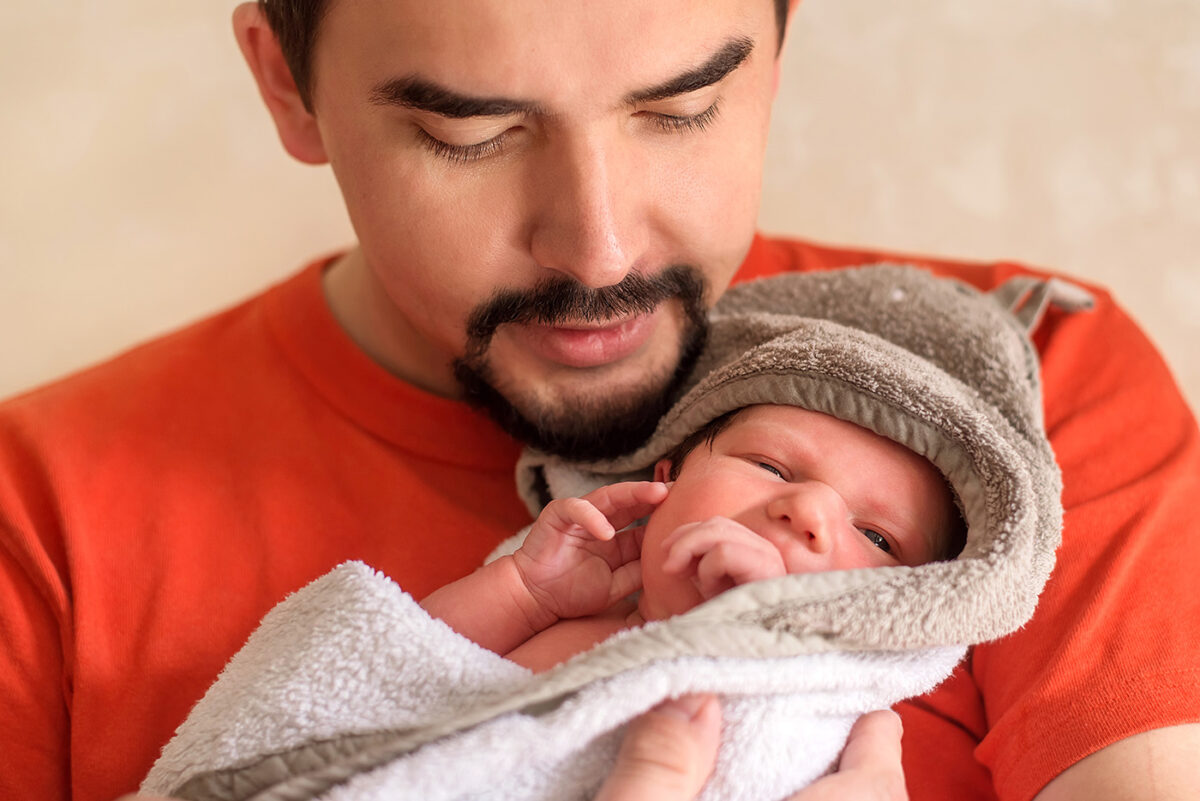
Author
John Lyon
Strategic Communications Manager
Contact
ACHI Communications
501-526-2244
jlyon@achi.net
It’s easy to take an air-conditioned home for granted when the power is working, but when you lose electricity during a heat wave, your home can change from a refuge to a danger zone. The following tips can help you avoid heat-related illnesses during a power outage.
Explore Your Options
See if you have nearby friends or relatives who still have power and can take you and your pets in. If you can afford it, consider checking into a hotel. Otherwise, seek shelter during the hottest part of the day in a public place that has power, such as a library or community center. Contact city hall to see if any cooling centers are open in your community.
Take Precautions in Your Home
Close curtains or blinds to keep out light and heat, especially in rooms facing the sun. Close the doors to the hottest rooms, such as rooms with no air vents or a lot of direct sunlight. Use towels to block hot air from seeping out of those rooms.
Wet a towel or sheet and hang it against an open window. The outside air will cool as it passes through the damp fabric. Use a spray bottle to wet the towel or sheet when it dries.
Determine what the coolest part of your home is. If you have a house with more than one floor, the ground floor is likely to be cooler than the upper floors, because hot air rises. If you have a basement, that is likely to be the coolest place. See if a shady area outside is more comfortable than the inside of your home.
Keep an eye on the comparative temperatures inside and outside your home. If it gets cooler outside than indoors — most likely in the hours after sunset and before sunrise — open your windows and doors and let the cool air in. When the outdoor temperature starts to rise, close the doors and windows to trap the cooler air inside.
Resist the temptation to stand in front of an open refrigerator door, because this will hasten food spoilage. A closed refrigerator will keep food safe for up to four hours without power, and a closed freezer will keep food safe for 48 hours if it is full or 24 hours if it is half-full, according to the Centers for Disease Control and Prevention.
Even if your stove is gas-powered, you should avoid cooking indoors, as this will raise the indoor temperature. An outdoor grill is a better option.
Do not run a gas-powered generator indoors, because this creates a risk of carbon monoxide poisoning.
Control Your Body Temperature
Battery-powered fans, including hand-held fans, can provide some relief, but do not rely on them alone. Fans do not provide enough cooling to prevent heat-related illnesses in extreme temperatures.
Running water usually remains available during a power outage, and taking cool showers or baths is a good way to regulate your body temperature. Do not shower in very cold water, however. Cold water on your skin can cause your body to keep more heat inside in an effort to balance your core temperature.
You can also mist yourself with a spray bottle, wear wet clothes, keep your hair wet, put your hands or feet in cool water, and wear wet cloths on your head or neck.
Wear lightweight, loose-fitting clothing. Organic fabrics such as cotton or linen are good options because they breathe better than synthetic materials. White and other light shades are best because they reflect light, whereas dark colors absorb light and convert it into heat.
Stay Hydrated
Drink plenty of water to replace the fluids you lose through sweating. Avoid sugary or alcoholic drinks, which can cause you to lose more bodily fluid.
Check on Others
Finally, remember to check on friends, neighbors, and relatives who may have lost power, especially those 65 or older. If you have power and they don’t, offer them shelter if possible.
For more on the impacts of extreme heat, see our posts on avoiding heat-related illnesses, preventing hot car deaths, and how certain medications can make you more vulnerable to high temperatures.





